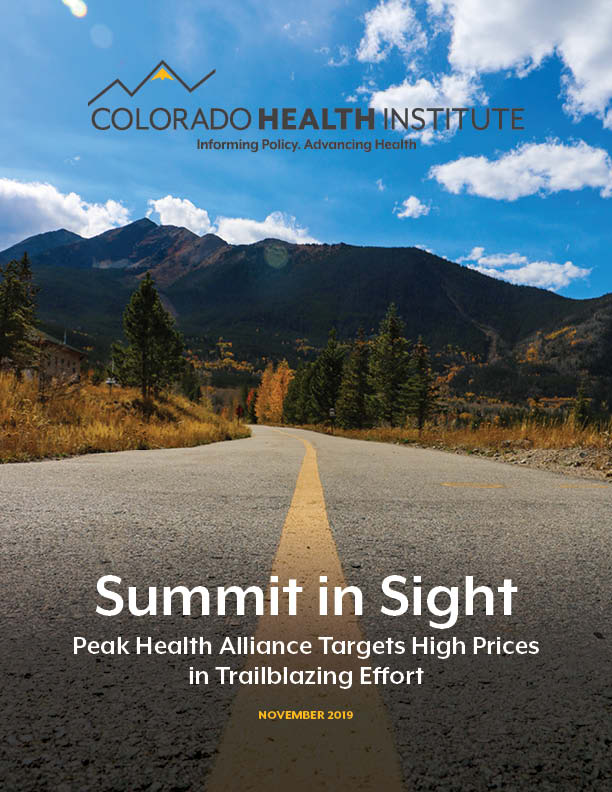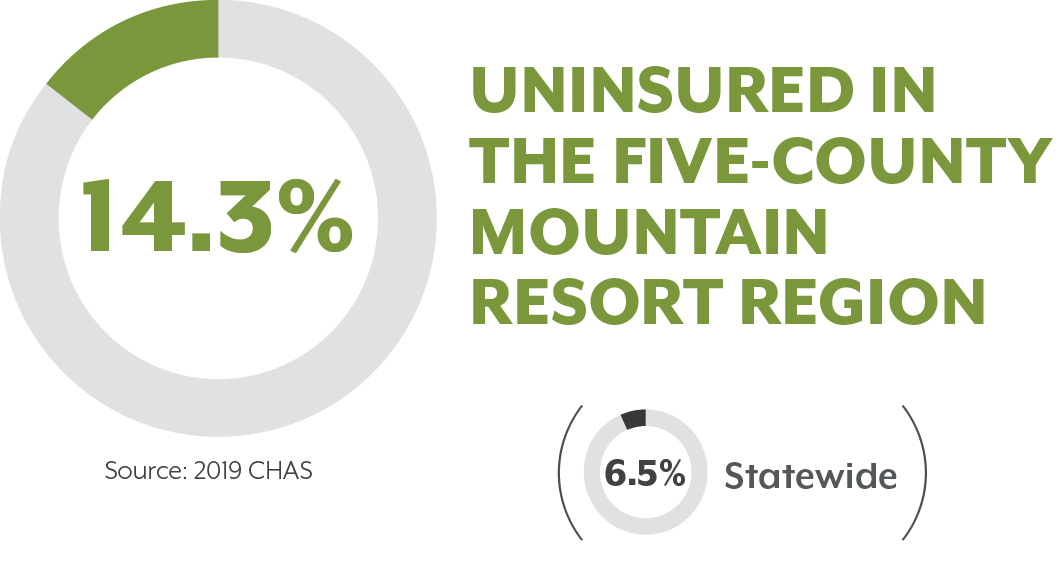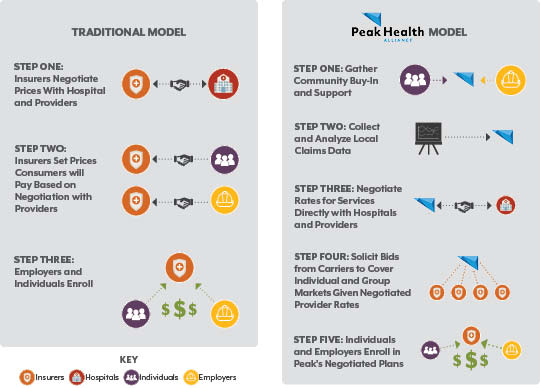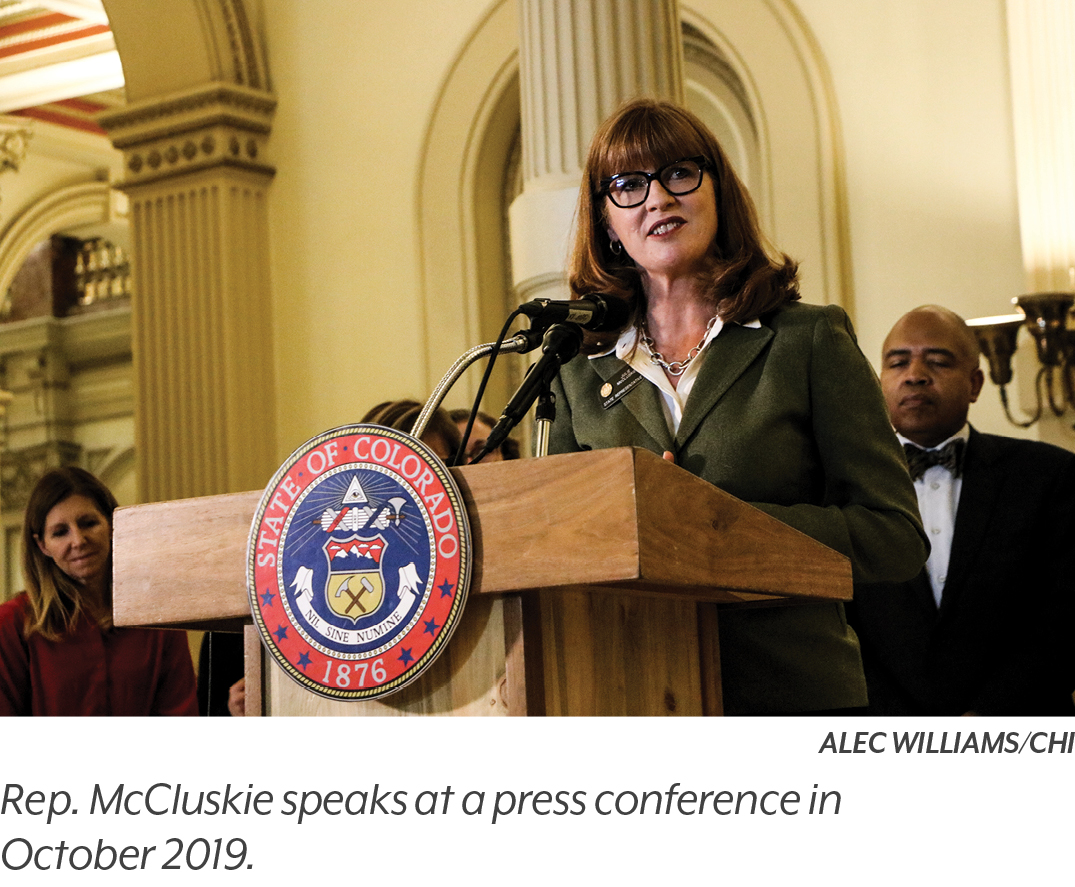Parallel Paths?
Peak isn’t the only new idea in Colorado health policy. The legislature has launched a reinsurance program and the Polis administration is working on a state “public option” proposal, among other developments.
These programs were developed independently, and legislators have been focused more on passing bills improving affordability than on figuring out how the various plans fit together. Different initiatives can’t necessarily prove their strengths — or have their weaknesses exposed — independent of each other. “What we don’t have,” said Rep. McCluskie, “is the luxury of time.”
Reinsurance
Like Peak, the reinsurance program will start operating in 2020. It will lower premiums on the individual market by a statewide average of 20 percent — even more on the Western Slope and along the I-70 mountain corridor.
The savings will be substantial. Polis’ office calculates that the average family of four on the Western Slope who buys individual market insurance will save $10,000 in 2020.
However, the reinsurance program is funded in part by a fee on hospitals. Peak was able to reduce insurance prices by negotiating lower payments to the local hospital for services. Both programs rely to a degree on the same funding source, and it’s unclear how much money hospitals have to give over the long term.
The reinsurance program was only approved by the legislature for two years, but legislators are expected to try to extend its authorization during the 2020 session.
Public Option
Colorado is moving forward with developing a public option, an affordable insurance plan offered by private insurance carriers that Coloradans could buy beginning in 2022, if everything goes according to plan. A draft has been released and the final plan is due to the legislature on November 15.
Similar to Peak, a public option would have impacts beyond the individual market, though it would be limited to this market initially. This new option could conflict with Peak, luring some of its enrollees away with the prospect of a more affordable plan.
Like Peak, savings from the public option would come primarily from lower prices paid to hospitals. Providers may feel as if they are defending themselves from greater government intervention on all sides. The result could be a long and costly political battle over Colorado’s various health care cost-savings efforts.
This approach would generate savings by capping some hospital payments, and therefore tackling one substantial piece of the health care price puzzle.
Statewide Purchasing Alliance
Polis has been a vocal supporter of Peak, so much so that he is recommending a statewide version.
Few details are known about a statewide alliance at this point. Per the DOI, it would require administration and oversight by a licensed entity and could involve insurance plans for current and retired state employees, private businesses, or other employer groups. Stakeholders wonder how the plan would intersect with both Peak Health Alliance and a potential public option (and how it would fundamentally be different from the public option).
All these developments raise questions. How would Peak — or multiple local alliances — work with a statewide alliance? Is Peak simply designed to be a pilot for a larger model that will eventually subsume it? Would many local alliances eventually be knit together to form a statewide network? Or are alliances like Peak best suited to smaller communities? Peak leadership maintains that these different alliances could work together to realize better outcomes, but the system could also lead to confusion.
These ideas could result in big wins for Coloradans, but moving forward with so many simultaneous innovations could also feel like navigating a slippery slope.

















